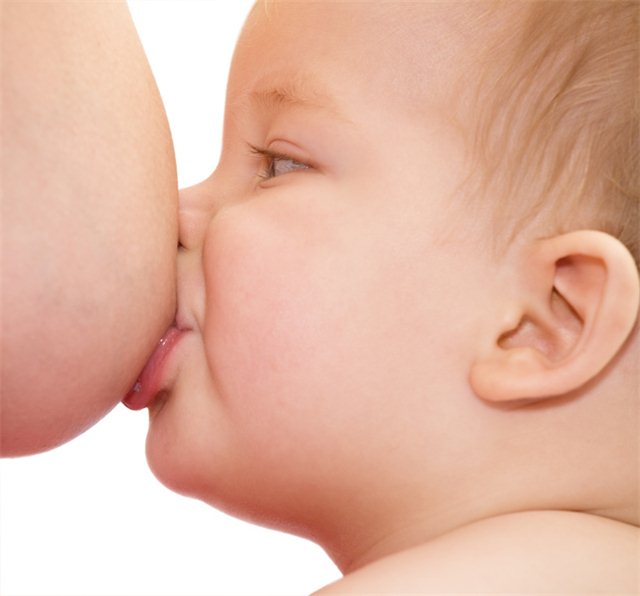Instruction
1
While the baby sucks the milk, you notice the characteristic movements of the chin of the baby. During throat, the chin descends, hangs and then returns to its place. The longer a kind of pause when hung chin, the more milk was your baby when feeding.
2
It is believed that during breastfeeding, the child every day adds 30 grams of weight. For children breastfeeding, the figure slightly lower. Until the age of six months, baby should gain about 500 g per month. Mention that to the 4th month of life the activity of weight gain is reduced.
3
The first three days of life the child gets rid of the meconium, which has accumulated in his body throughout fetal development. Meconium has a distinct, dark green. The more breast milk the baby gets, the lighter becomes his chair. In normally developing baby receiving enough breast milk, the chair has a watery texture, weak smell and mustard color. A week after the birth, the chair of the child should be at least 2-3 times a day. It is also an indicator of a sufficient amount of milkproduced for newborns with breastfeeding.
4
For a child older than 5 days is characteristic copious. If you change the day your child thoroughly spelled out 5-6 diapers, be sure your baby is getting enough milk.
5
Sometimes mothers are concerned about the lack of sense of breast fullness. Do not be afraid! Most likely, your body is not yet sufficiently adapted to the mode and needs of the child.
6
And the most obvious way to know whether the lack of breast milk, will show you the child. A hungry baby will not let go of your breast, and will actively continue to suck on it. And if we're out of milk, and the child remained hungry, you'll hear it in his loud, unhappy cry. Or the child will shorten the pause between feedings.






